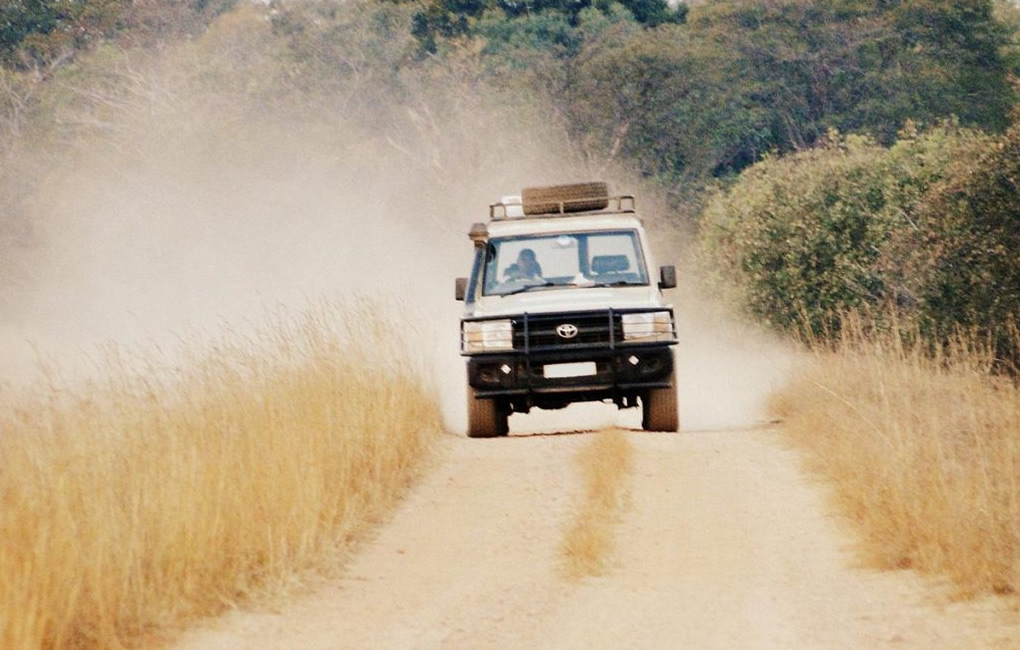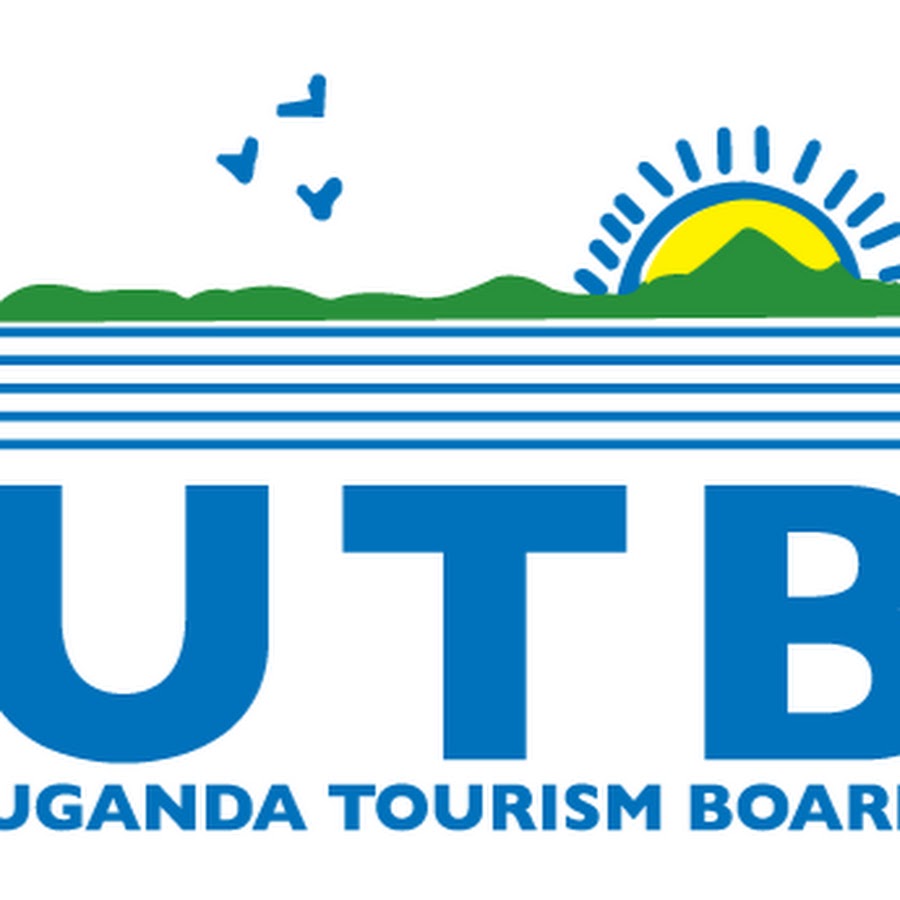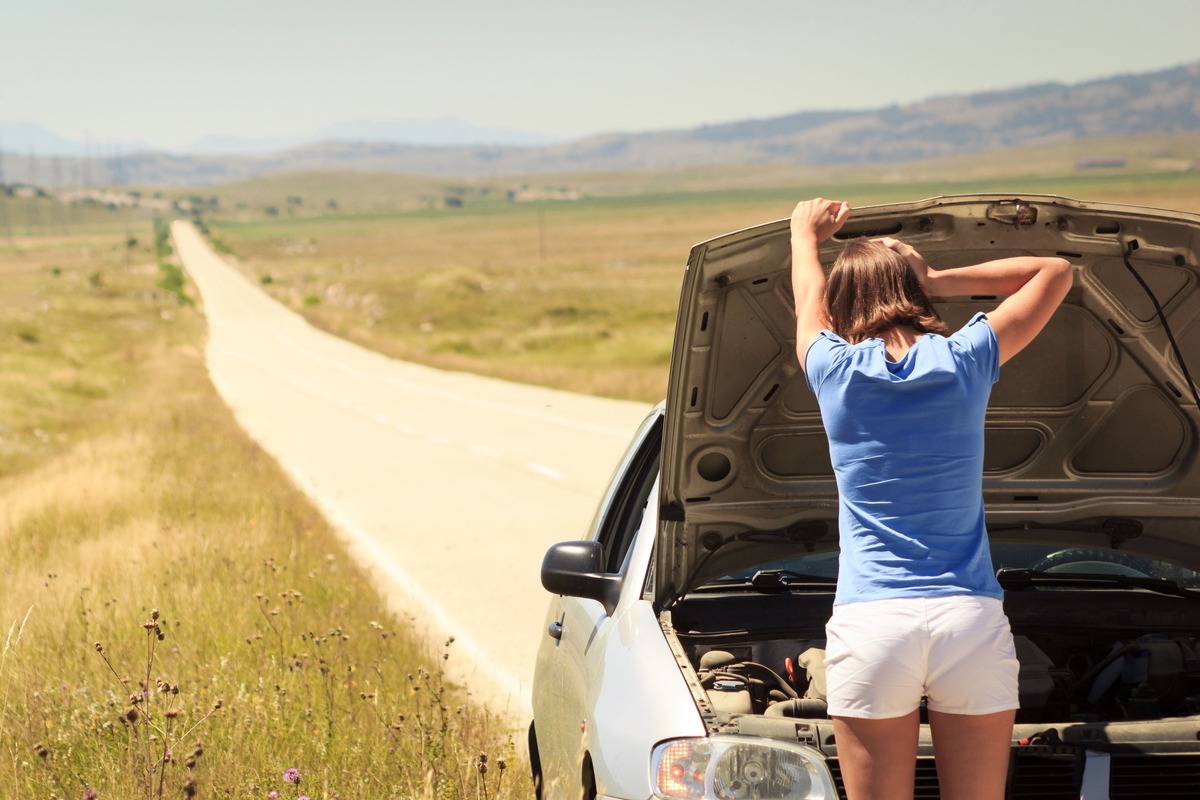
Handling Car Breakdowns & Roadside Assistance in Uganda
Rental car breakdowns are an unfortunate reality for drivers everywhere, and Uganda is no exception. Whether you’re navigating the busy streets of Kampala, traveling the scenic routes around Lake Victoria, or venturing into the remote countryside, being prepared for vehicle emergencies can make the difference between a minor inconvenience and a major ordeal. This comprehensive guide will help you understand how to handle rental car breakdowns effectively and access roadside assistance services in Uganda.
Understanding Uganda’s Road Network
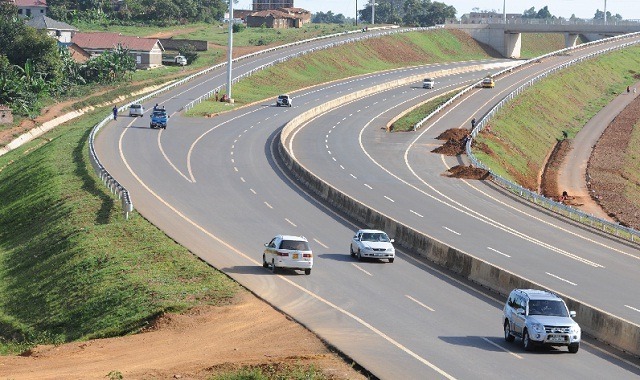
Uganda’s road infrastructure presents unique challenges that drivers should be aware of. The country has approximately 20,000 kilometers of roads, with about 4,000 kilometers being paved. Major highways like the Kampala-Entebbe Expressway and the Northern Corridor connecting to Kenya are well-maintained, but rural roads can be challenging, especially during the rainy seasons from March to May and September to November.
The terrain varies significantly across the country, from urban areas with heavy traffic to mountainous regions in the east and west, and remote areas where mobile phone coverage may be limited. This diversity means that breakdown preparedness must account for different scenarios and environments.
Common Causes of Car Breakdowns in Uganda
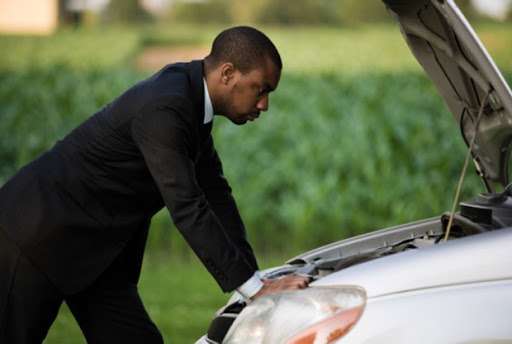
Several factors contribute to vehicle breakdowns in Uganda’s unique driving environment. Poor road conditions, including potholes and unpaved surfaces, can cause tire damage, suspension problems, and undercarriage issues. The tropical climate with high humidity and occasional dust storms can affect engine performance and electrical systems.
Fuel quality can vary, particularly in remote areas, potentially leading to engine problems. Additionally, the age of many vehicles on Ugandan roads, combined with limited access to genuine spare parts, can result in more frequent mechanical failures. Heavy traffic in urban areas like Kampala can cause overheating, while long-distance travel on highways may reveal underlying mechanical issues.
Essential Emergency Kit for Ugandan Roads
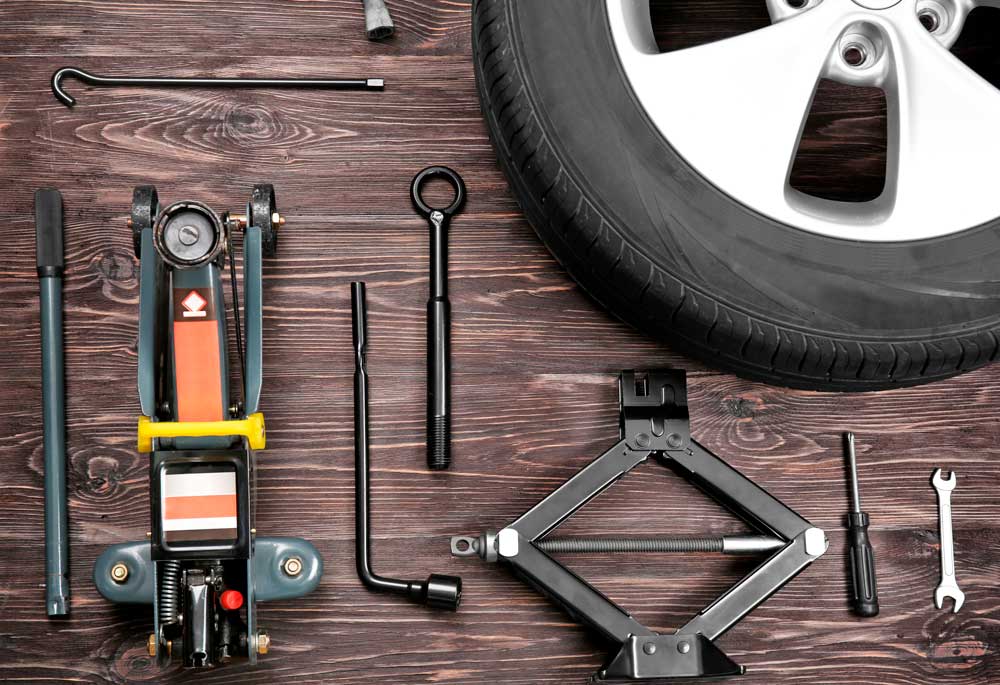
Every vehicle in Uganda should carry a well-stocked emergency kit tailored to local conditions. Start with basic tools including a jack, spare tire (properly inflated), lug wrench, jumper cables, and a basic toolkit with screwdrivers, pliers, and adjustable wrenches.
Safety equipment is crucial and should include reflective triangles or flares, a high-visibility vest, flashlight with extra batteries, and a first aid kit. Given Uganda’s climate, include extra water for both drinking and the radiator, engine oil, coolant, and tire sealant or patches.
Communication tools are vital, especially in remote areas. Carry a fully charged mobile phone with a car charger, a portable power bank, and consider a two-way radio for areas with limited cellular coverage. Keep emergency contact numbers easily accessible, including family, friends, insurance providers, and roadside assistance services.
Step-by-Step Breakdown Response
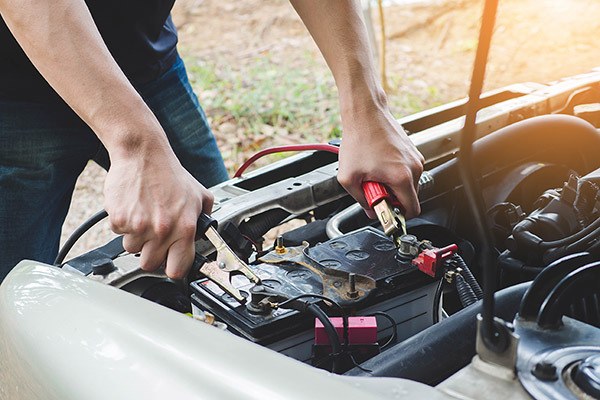
When your vehicle breaks down, your immediate response can significantly impact your safety and the resolution of the problem. First, ensure safety by moving your vehicle off the road if possible. If you cannot move the car, turn on hazard lights immediately and set up reflective triangles at least 50 meters behind your vehicle on both sides.
Assess the situation calmly. Check for obvious problems like flat tires, overheating, or visible fluid leaks. If you’re in an unsafe location, such as a busy highway, prioritize getting yourself and passengers to safety rather than attempting repairs.
Contact help appropriately based on your location and the severity of the breakdown. In urban areas, you’ll likely have good mobile coverage and access to various services. In remote areas, you may need to rely on passing motorists or walk to find help. Always inform someone of your location and situation.
Roadside Assistance Services in Uganda
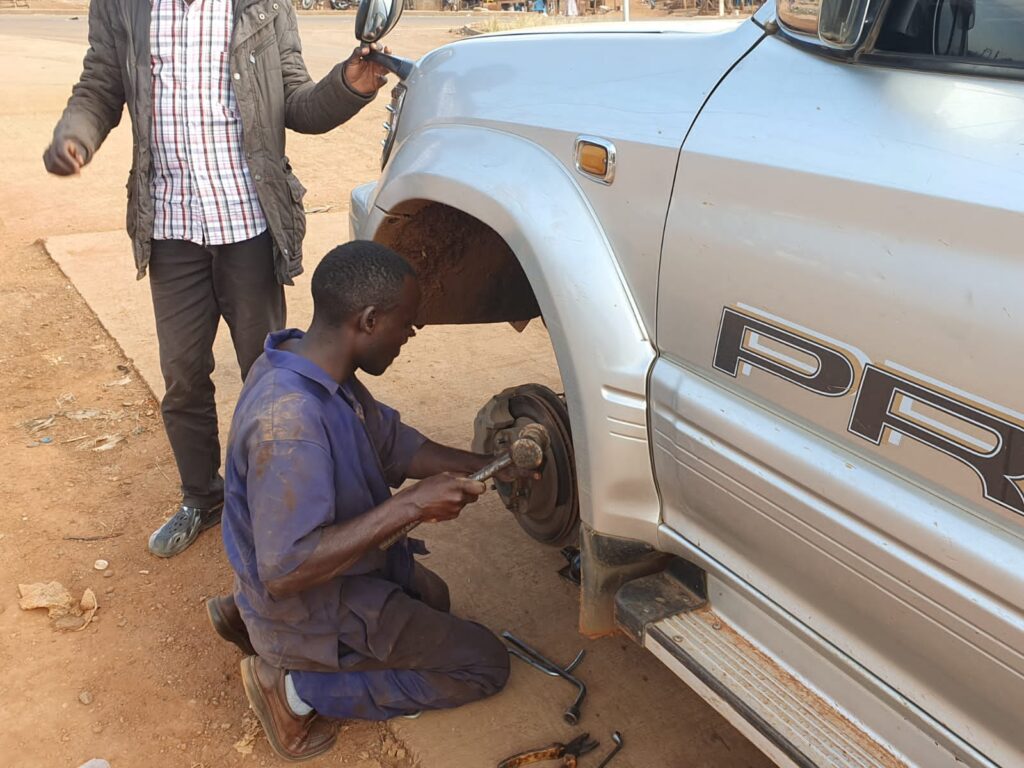
Uganda’s roadside assistance landscape includes several options for drivers in need. Major insurance companies like UAP Insurance, ICEA Lion, and Jubilee Insurance offer roadside assistance as part of their comprehensive motor insurance packages. These services typically include towing, jump-starts, tire changes, and emergency fuel delivery.
Independent roadside assistance companies operate primarily in urban areas and along major highways. Services like AA Uganda provide 24-hour assistance, though coverage may be limited in rural areas. Many of these companies offer membership programs that can be cost-effective for frequent travelers.
Mobile mechanics are common in Uganda and can often provide on-site repairs for minor issues. They’re particularly useful in urban areas and can be found through word-of-mouth recommendations or local directories. However, their availability in remote areas may be limited.
Insurance and Breakdown Coverage
Understanding your insurance coverage is crucial for effective breakdown management. Most comprehensive motor insurance policies in Uganda include some form of roadside assistance, but the extent of coverage varies significantly between providers and policy levels.
Basic coverage typically includes towing to the nearest garage, jump-start services, and tire changing assistance. Premium policies may offer additional benefits like emergency accommodation, alternative transportation, and coverage for repairs up to a certain amount.
Review your policy carefully to understand geographical limitations, as many policies have restricted coverage in remote areas. Some insurers require pre-authorization for services, so familiarize yourself with the claims process before you need it.
Regional Considerations Across Uganda
Different regions of Uganda present unique challenges for breakdown assistance. In Central Uganda, including Kampala and surrounding areas, assistance is readily available with multiple service providers, good mobile coverage, and numerous garages and parts suppliers. Response times are generally shorter, but traffic congestion can delay assistance.
Eastern Uganda, with its mountainous terrain and rural areas, may have limited service availability outside major towns like Mbale and Jinja. Plan for longer response times and consider carrying additional supplies for extended waits.
Northern Uganda has improved significantly in recent years, but assistance options remain limited in rural areas. The main highways have better coverage, but drivers should be prepared for self-reliance in remote regions.
Western Uganda’s challenging terrain and distance from major urban centers can make assistance expensive and time-consuming. The tourist areas around national parks may have better service availability due to the safari industry.
Dealing with Breakdowns in Remote Areas
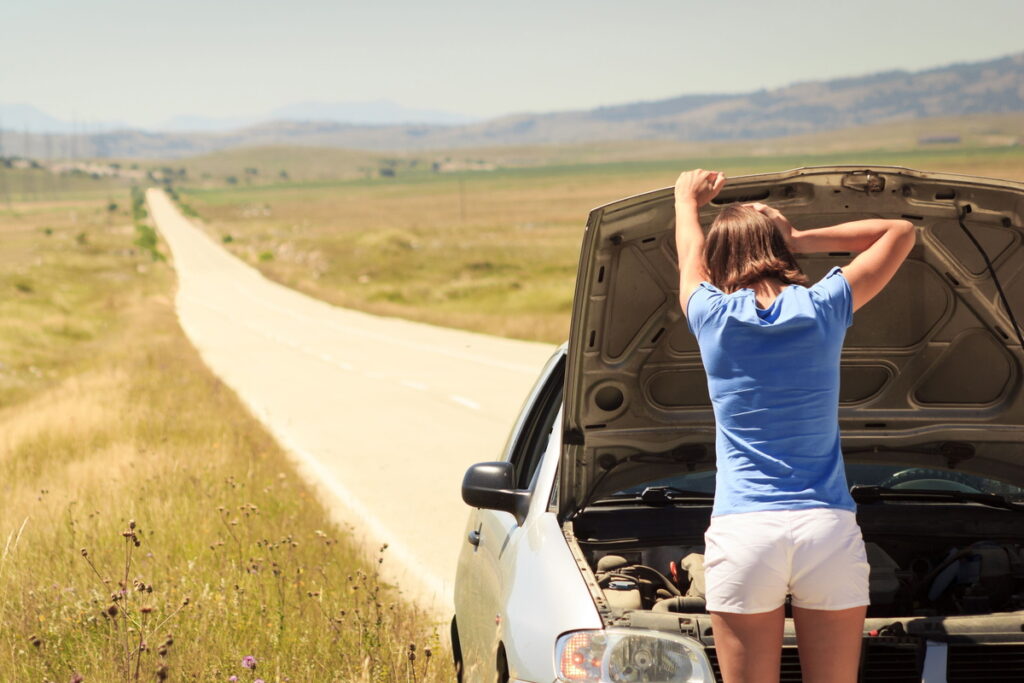
Remote area breakdowns require special consideration and preparation. Limited or no mobile phone coverage means you may need to rely on satellite communication devices or flag down other vehicles for help. Always inform someone of your travel plans and expected arrival times when traveling to remote areas.
Consider traveling in convoy with other vehicles when possible, especially in areas known for limited services. Carry extra supplies including food, water, and basic camping equipment in case you need to wait overnight for assistance.
Local communities in rural areas are often helpful and may assist with basic repairs or help you contact assistance. However, language barriers may exist, so learning basic Luganda or the local language can be beneficial.
Cost Considerations and Payment Methods
Roadside assistance costs in Uganda vary significantly based on location, time of day, and services required. Urban areas typically have competitive pricing due to multiple service providers, while remote area assistance can be significantly more expensive due to travel distances and limited competition.
Basic services like jump-starts or tire changes may cost between 20,000 to 50,000 Ugandan Shillings in urban areas, while towing services can range from 100,000 to 300,000 UGX depending on distance. Emergency repairs and parts replacement will vary based on the specific issue and parts availability.
Payment methods vary by service provider. Cash is universally accepted and often preferred, especially by independent mechanics. Mobile money services like Airtel Money and MTN Mobile Money are increasingly accepted. Credit cards may be accepted by established companies but shouldn’t be relied upon as the only payment method.
Prevention and Maintenance Tips
Prevention remains the best strategy for avoiding breakdowns. Regular maintenance is crucial in Uganda’s challenging driving conditions. Follow manufacturer-recommended service intervals and consider more frequent checks for vehicles used extensively on unpaved roads.
Pre-trip inspections should include checking tire condition and pressure, fluid levels, battery condition, and ensuring all emergency equipment is present and functional. Pay particular attention to cooling system maintenance given Uganda’s warm climate.
Choose reputable service providers and use quality parts when possible. While genuine parts may be more expensive initially, they often provide better reliability and longevity, potentially saving money and preventing breakdowns in the long run.
Technology and Communication
Modern technology can significantly improve your ability to handle breakdowns effectively. GPS navigation apps like Google Maps work well in urban areas and along major highways, helping you communicate your exact location to assistance providers. Download offline maps for areas with limited internet connectivity.
Emergency apps and communication tools can be lifesavers in critical situations. Consider apps that can share your location with emergency contacts or roadside assistance providers. Ensure your mobile phone has emergency contacts easily accessible even when locked.
Social media and messaging apps can sometimes work even when traditional calling doesn’t, providing alternative communication methods in emergencies.
Working with Local Mechanics and Services
Building relationships with reliable local mechanics and service providers can be invaluable. Ask for recommendations from other drivers, expatriate communities, or local automotive dealerships. Keep contact information for trusted providers in different regions you frequently travel.
When working with unfamiliar service providers, clearly communicate the problem and agree on costs before work begins. Language barriers can lead to misunderstandings, so consider having key automotive terms translated or use translation apps.
Always prioritize safety over cost savings. While local mechanics may offer lower prices, ensure they have the skills and equipment necessary for safe repairs, especially for critical systems like brakes or steering.
Conclusion
Handling car breakdowns in Uganda requires preparation, local knowledge, and adaptability. While the country’s diverse terrain and infrastructure present unique challenges, proper planning and understanding of available resources can help ensure that breakdowns remain manageable inconveniences rather than dangerous situations.
The key to successful breakdown management lies in preparation, understanding your insurance coverage, maintaining good relationships with reliable service providers, and remaining calm and safety-focused when problems arise. As Uganda’s infrastructure continues to develop and roadside assistance services expand, drivers can expect improved support, but personal preparedness will always remain crucial.
Remember that breakdowns are often learning experiences that can help you better prepare for future travels. Each incident provides insight into your vehicle’s needs and the resources available in different areas of Uganda. Stay informed about road conditions, maintain your vehicle properly, and always prioritize safety above convenience or cost considerations.
Whether you’re a resident navigating daily commutes or a visitor exploring Uganda’s beautiful landscapes, understanding how to handle breakdowns effectively will contribute to safer, more confident driving experiences throughout this remarkable country.
Check out some of the top car rental services in Uganda and contact us now to book or inquire about rates & availability. You can send an email to info@rentadriveruganda.com or call us now on +256-700135510 to speak with the reservations team.

